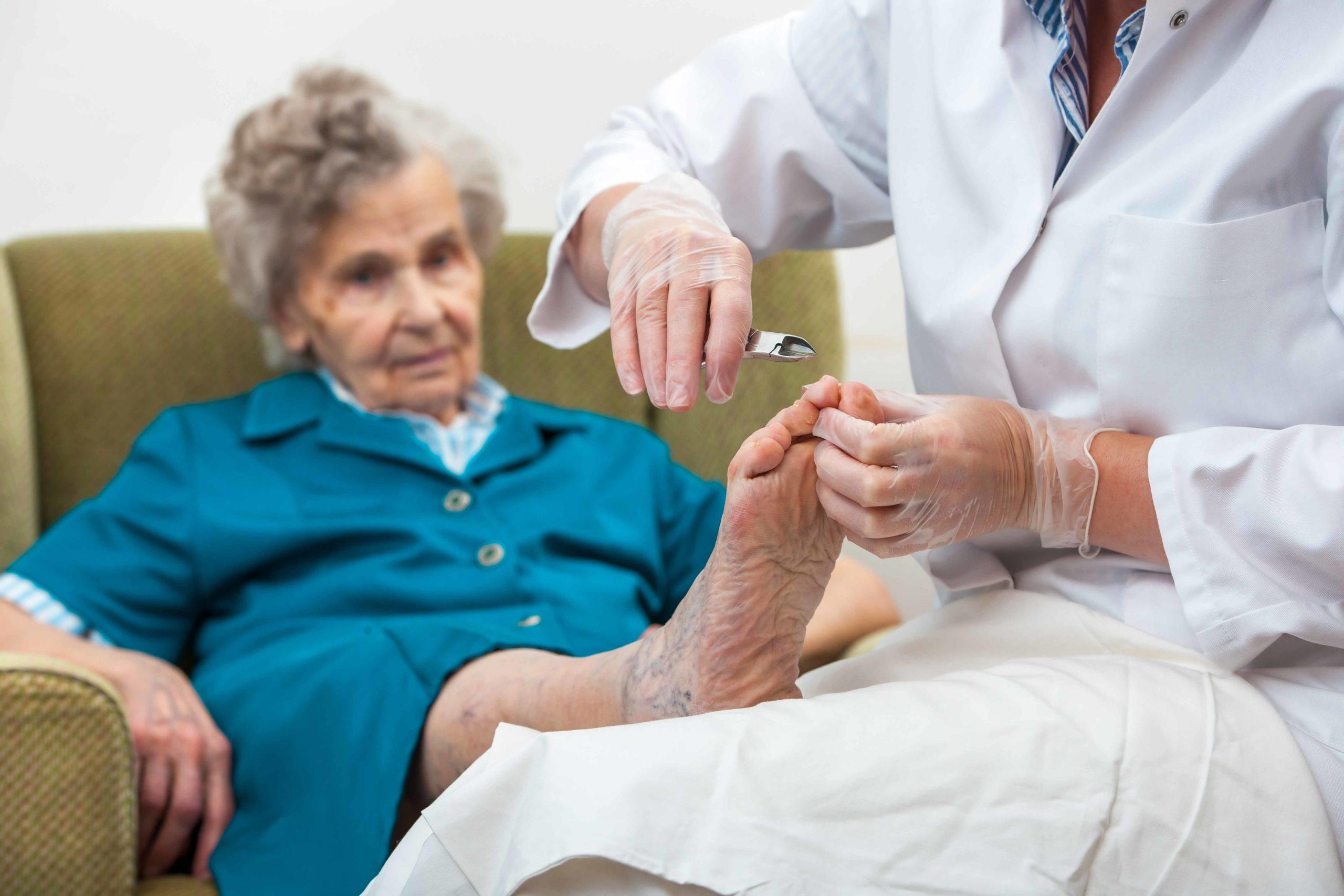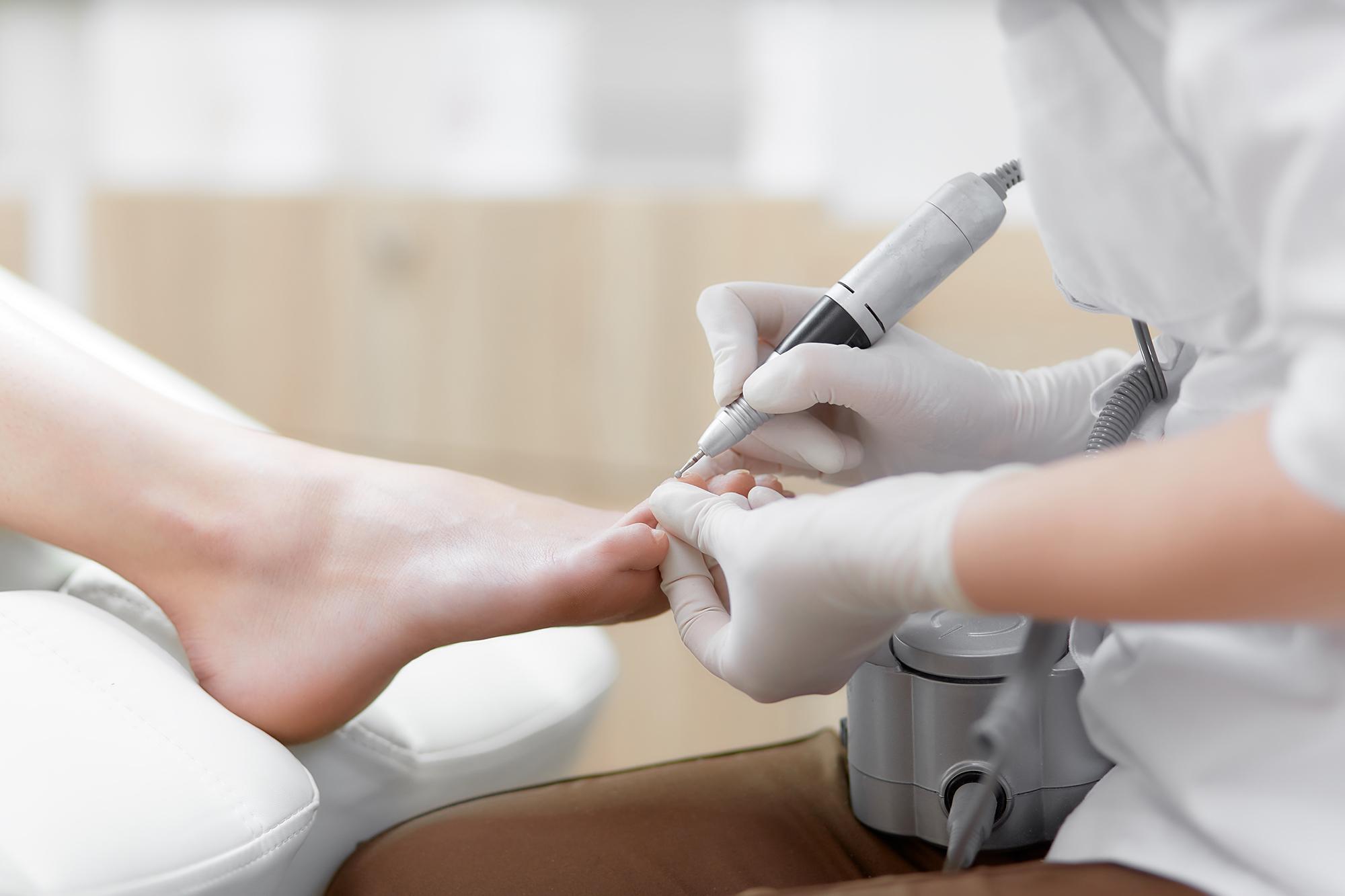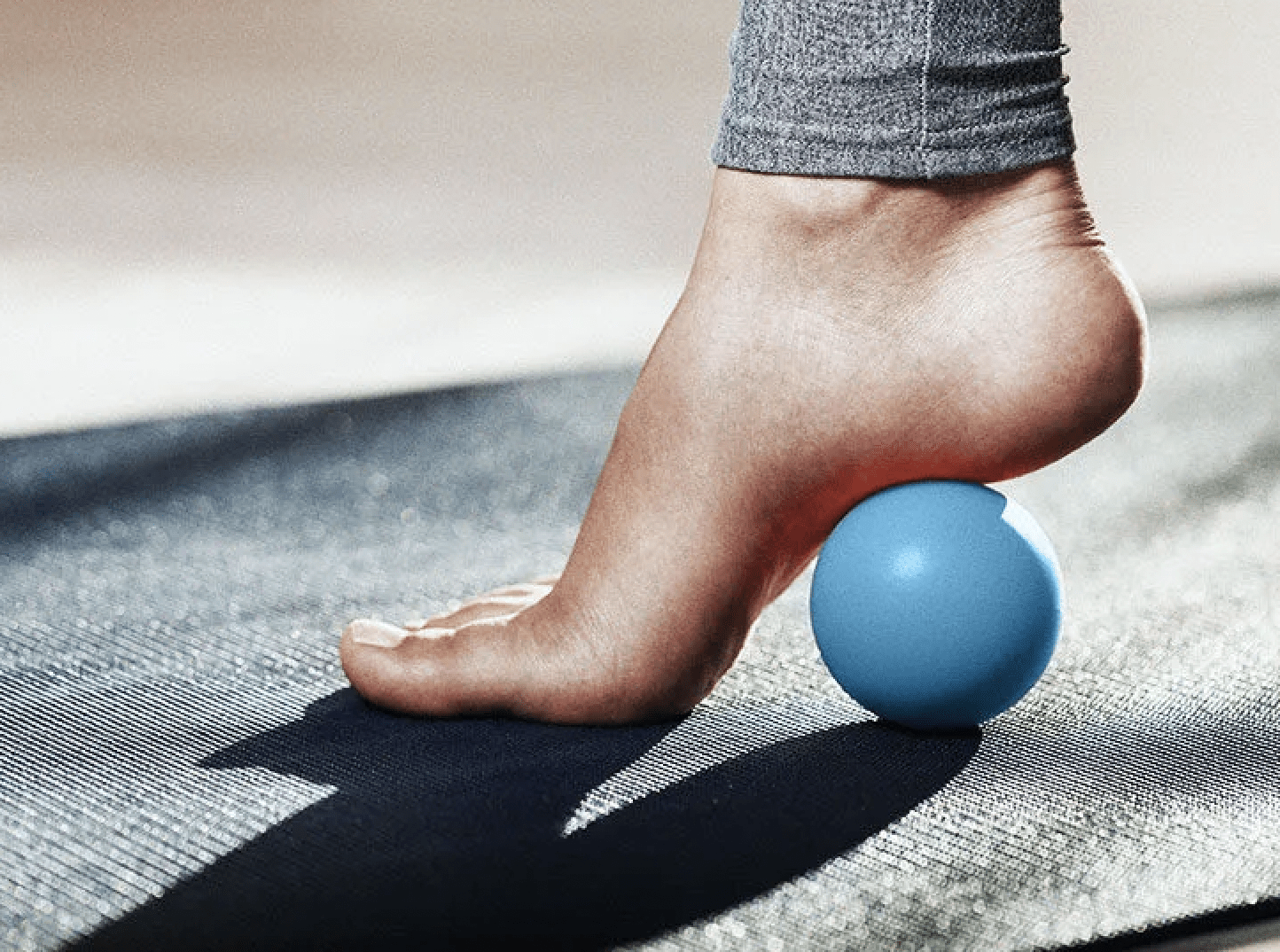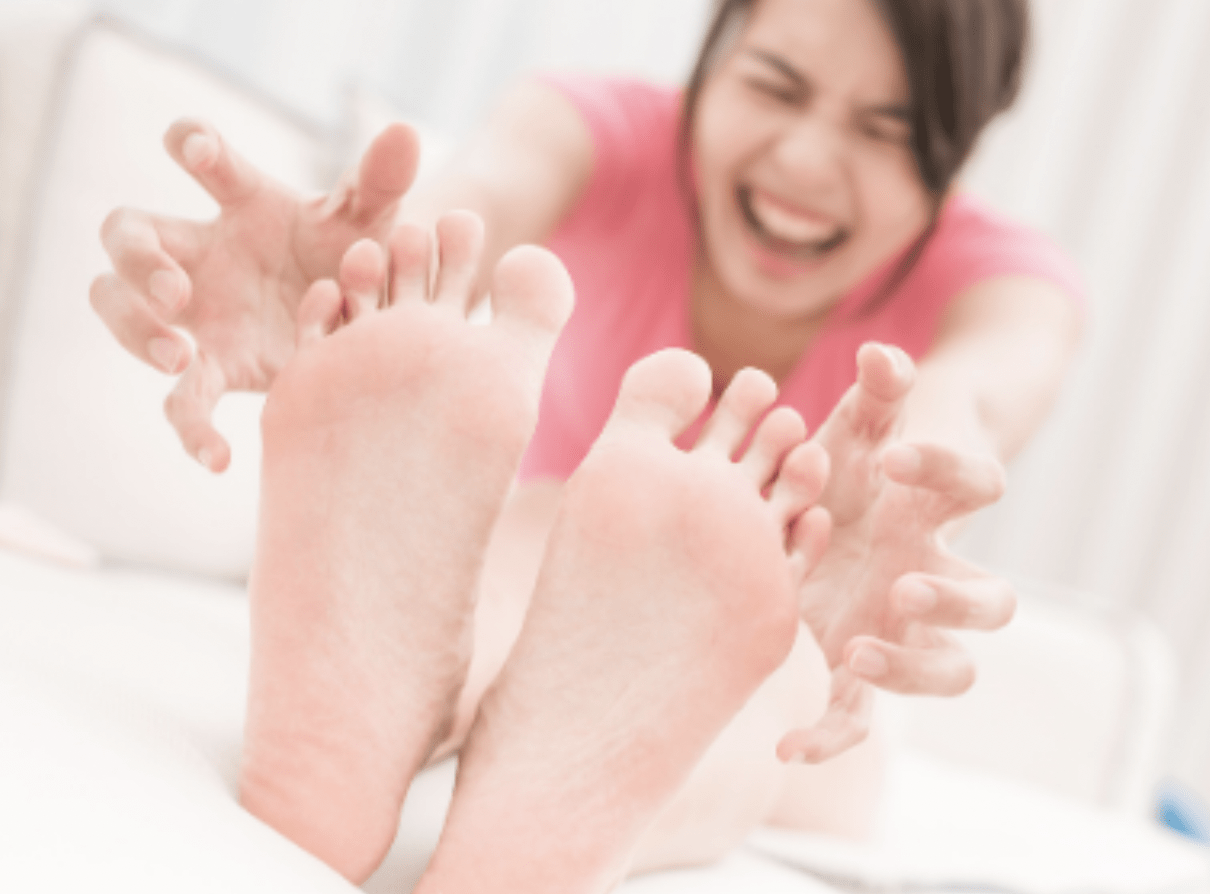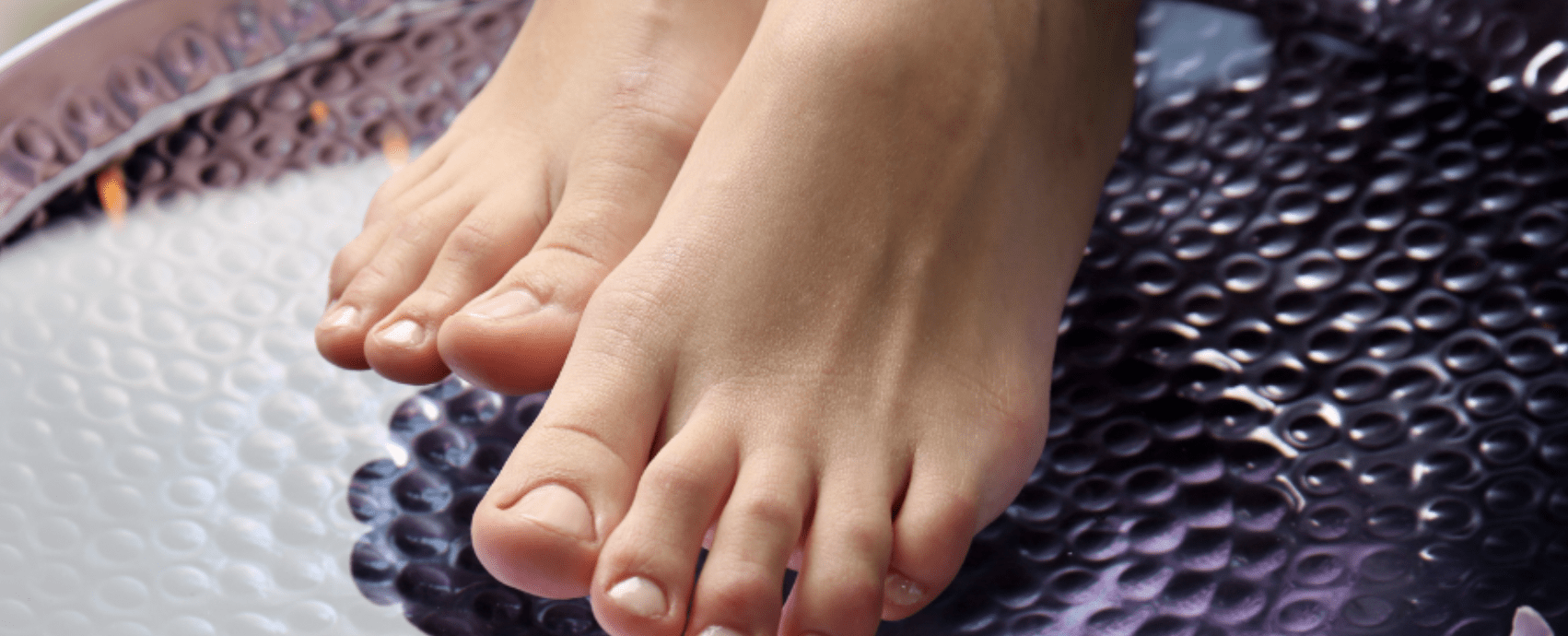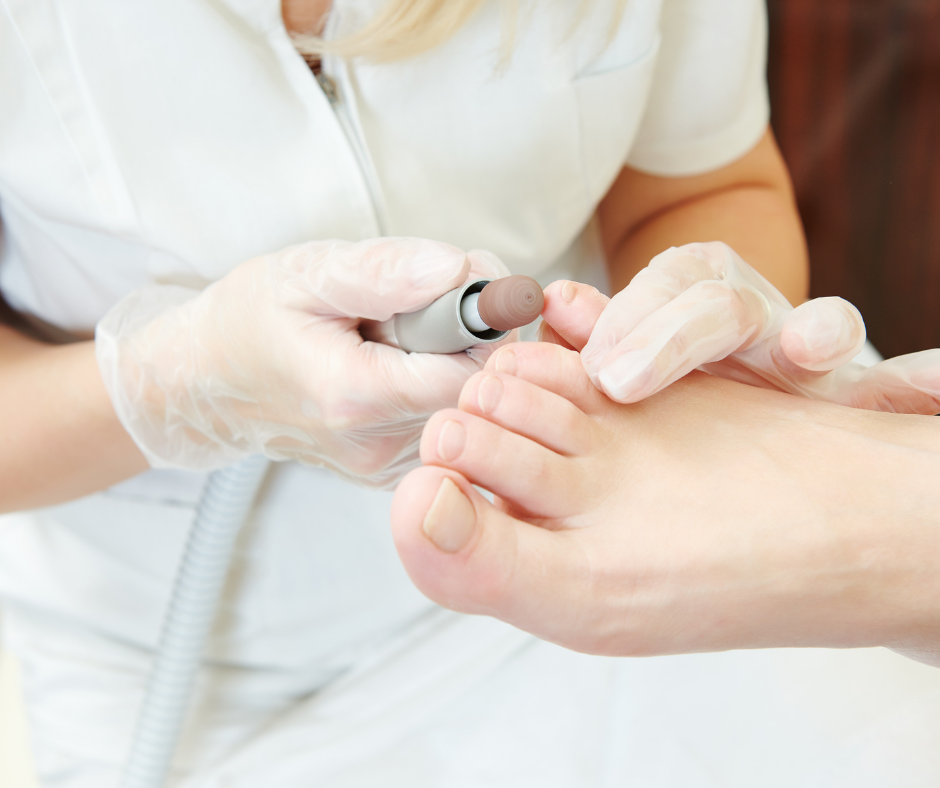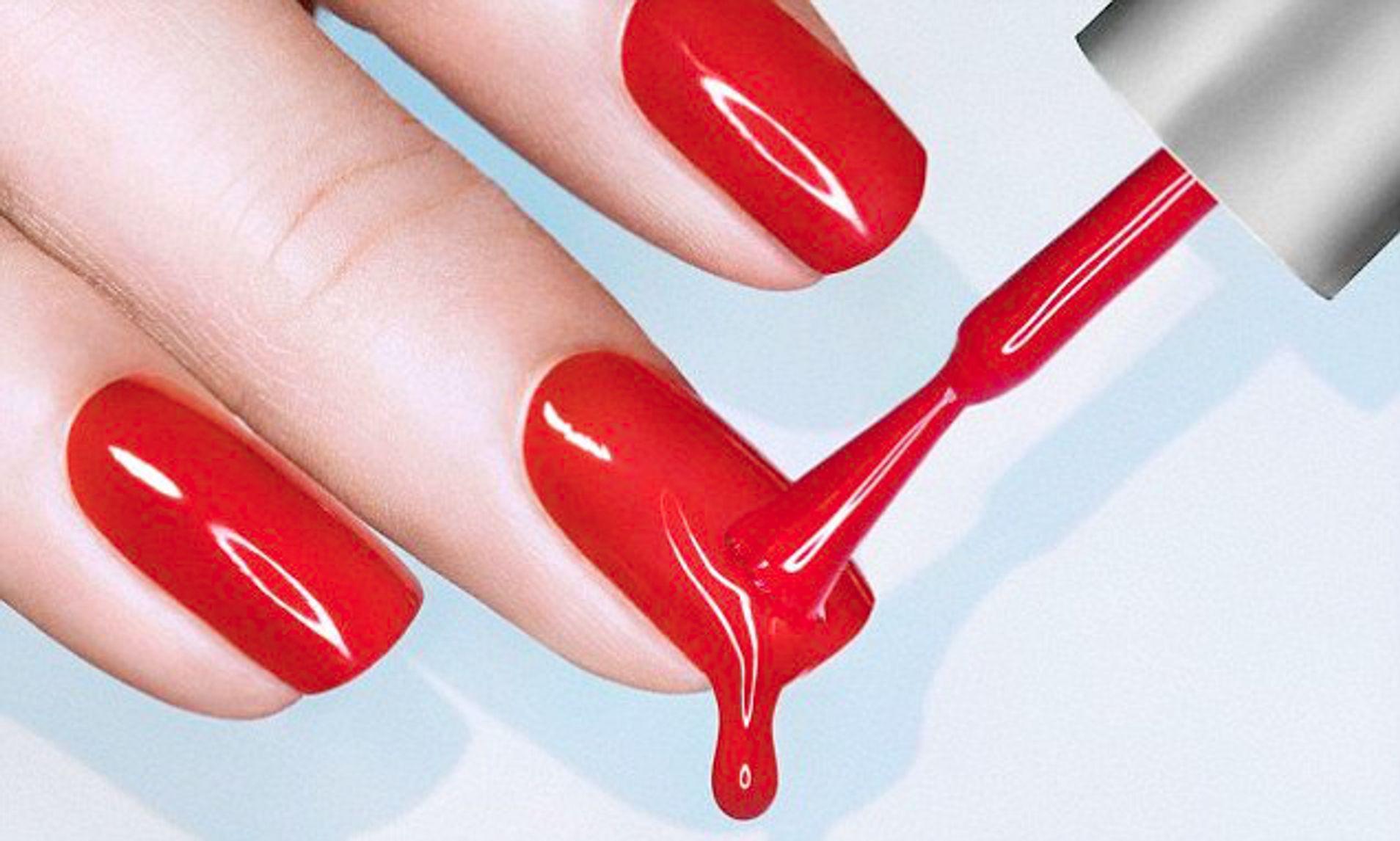Never underestimate any pain, as what may seem like a minor foot problem could be a major medical condition.
Here are some common conditions to note:
1. PERIPHERAL ARTERIAL DISEASE
This is when a fatty substance called plaque builds in the lower extremity causing reduced blood flow.
2. RHEUMATOID ARTHRITIS
This condition occurs when the body’s natural defense mistakenly attacks the joints causing them to become swollen and painful.
3. GOUT
A type of arthritis; this condition is caused when a collection of uric acid is deposited to the joint causing pain. It starts most times from the big toe.
4. DIABETES
This is when glucose or blood sugar that the body uses as fuel builds up in the blood. The excess sugar can cause damage to the nerves and blood vessels in the feet. This may lead to decreased sensation and lower blood flow in the lower extremities. Symptoms clients may experience include numbness and tingling.
DISCLOSURE
The information provided on this website is purely information in nature.
Sole Pulse Inc. Foot Care Nurse is not intending to endorse any products or advising to cure any disease or medical conditions. Contact your MD for any Health concerns


